Organization, representation and description through the digital age : Information in libraries, archives and museums / edited by Christine M. Angel and Caroline Fuchs. [electronic resource]
Contributor(s): Angel, Christine M [editor.] | Fuchs, Caroline [editor.].
Material type: TextSeries: Current topics in library and information practice.Publisher: Berlin ; Boston : De Gruyter Saur, 2018Description: e-book contains 294 pages.ISBN: 9783110337419.Subject(s): Information organization | MetadataAdditional physical formats: Print version:: Organization, representation and description through the digital ageDDC classification: 025 Online resources: https://www.degruyter.com/document/doi/10.1515/9783110337419/html#overview Click here
TextSeries: Current topics in library and information practice.Publisher: Berlin ; Boston : De Gruyter Saur, 2018Description: e-book contains 294 pages.ISBN: 9783110337419.Subject(s): Information organization | MetadataAdditional physical formats: Print version:: Organization, representation and description through the digital ageDDC classification: 025 Online resources: https://www.degruyter.com/document/doi/10.1515/9783110337419/html#overview Click here | Item type | Current location | Collection | Call number | Status | Date due | Barcode |
|---|---|---|---|---|---|---|
 E-Book
E-Book
|
WWW | Non-fiction | 025 ANG/O (Browse shelf) | Available | EB913 |
Browsing Central Library Shelves , Collection code: Non-fiction Close shelf browser
| 010.727 SOO/S Scientometrics for the humanities and social sciences / | 020 BED/K Knowledge architectures: | 020.72 GOD/I Information literacy and autonomy : | 025 ANG/O Organization, representation and description through the digital age : | 025 TAU/T Technical services in libraries: | 025.007 MAT/B Bridging research and library practice : | 027 FOM/I Information services for a sustainable society : |
Includes bibliographical references and index.
Frontmatter
Publicly Available i
Contents
Publicly Available v
Preface
Licensed ix
Introduction
Licensed 1
PART I: CATALOGING TECHNOLOGIES AND ITS INFLUENCE ON THE ORGANIZATION AND DESCRIPTION OF INFORMATION
1. The Historical Use of Catalogs in the Arrangement of Knowledge in Libraries, Archives, and Museums: A Survey
Michael W. Handis
Licensed 13
PART II: THE TRANSITION FROM ANALOG TO DIGITAL. WEB 1.0
2. Analog to Digital: The Growing Pains of a Religious Archive Migrating its Administrative Collections
Michelle Levy and Christina Orozco
Licensed 41
3. The Theory was Sound: A Case Study in the Lifecycle of a Library Streaming Sound Collection
Christopher Starcher, Joy Perrin and Shelley Barba
Licensed 50
4. Digital Access Enhancement Initiative at the National Music Museum
Dara Lohnes-Davies
Licensed 62
5. Cataloging and Description Practices Informed by Rationale in a Small LAM Environment
Tess Colwell
Licensed 75
PART III: FINDING STRUCTURE. MAKING CONNECTIONS. WEB 2.0
6. Digital Archival Representation: Approaches and Challenges
Jane Zhang
Licensed 89
7. Linking Items, Connecting Content: The Donald Thomson Collection
Mike Jones
Licensed 102
8. Information Management Systems at the Metropolitan Museum of Art
Jennie Choi and Giovanna Fiorino-Iannace
Licensed 117
9. Art Information Culture: Contemporary Disruptions in Museums
Layna White
Licensed 130
10. How Metadata Informs Purpose: A Case Study of NYPL’s Open Source GIS-Driven MapWarper Tool
Emily Griffin and Rachel Lipkin
Licensed 160
PART IV: TRANSITION TO WEB 3.0
11. Transcribe as Seen: Challenging RDA Regarding Gender in Moving Image Materials
Licensed 177
12. Cultural Heritage Curriculum Crosswalk: Using Metadata to Connect to Curriculum
Sonia Yaco, Saleha Rizvi and Arkalgud Ramaprasad
Licensed 189
13. Optimizing Merged Metadata Standards for Online Community History: A Linked Open Data Approach
K. Meghan Gross, Cory Lampert and Emily Lapworth
Licensed 206
14. Evolution and Revolution in Metadata Librarianship: Identifying New Requirements for Professional Qualifications amid Organizational Change
Ivey Glendon
Licensed 219
15. Increasing Interoperability through the Transformation and the Consolidation of Image Collections’ Metadata
Jocelyn Olson Triplett
Licensed 228
16. Large Scale with a Small Staff and Even Smaller Budget: Updating Metadata to Reflect Revised Best Practices
Susan Ivey and Michelle Emanuel
Licensed 241
17. Bringing the Archives Out of the Art Museum: Local Metadata Planning within a Global Context
Samantha Norling
Licensed 255
18. Experiments in High Resolution Imaging for Exhibition and Publication of Historic Fashion: The Drexel Digital Museum Project
Kathi Martin, Spencer Lamm, Holly Tomren, Daniel Caulfield-Sriklad and Nick Jushchyshyn
Licensed 269
About the authors
Licensed 282
Index
Licensed 289
(Deutsch)
Cataloging standards practiced within the traditional library, archive and museum environments are not interoperable for the retrieval of objects within the shared online environment. Within today’s information environments, library, archive and museum professionals are becoming aware that all information objects can be linked together. In this way, information professionals have the opportunity to collaborate and share data together with the shard online cataloging environment, the end result being improved retrieval effectiveness. But the adaptation has been slow: Libraries, archives and museums are still operating within their own community-specific cataloging practices.
This book provides a historical perspective of the evolution of linking devices within the library, archive, and museums environments, and captures current cataloging practices in these fields. It offers suggestions for moving beyond community-specific cataloging principles and thus has the potential of becoming a springboard for further conversation and the sharing of ideas. Provided by publisher.
Description based on print version record and CIP data provided by publisher; resource not viewed.
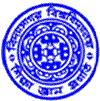
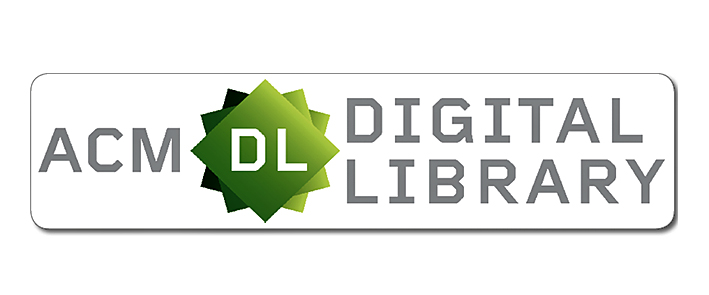
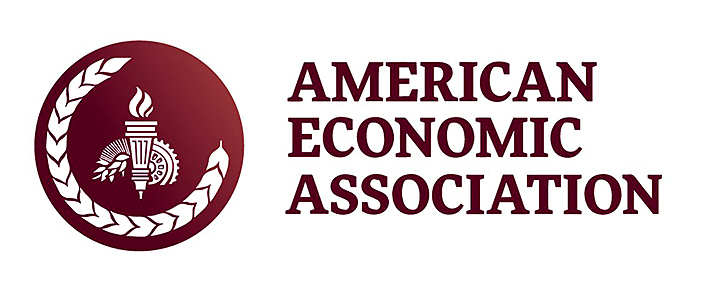
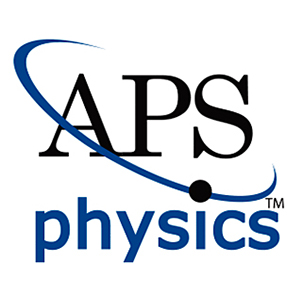
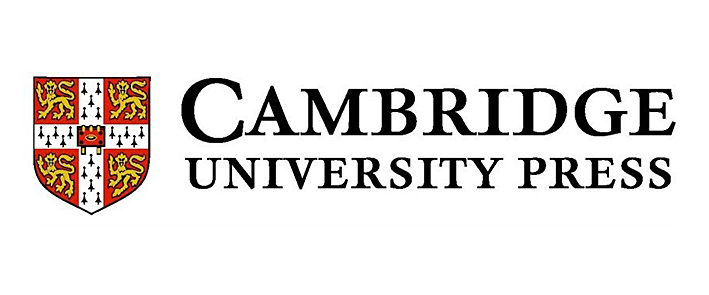
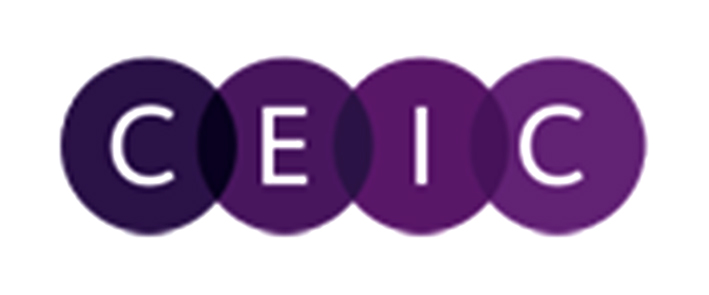
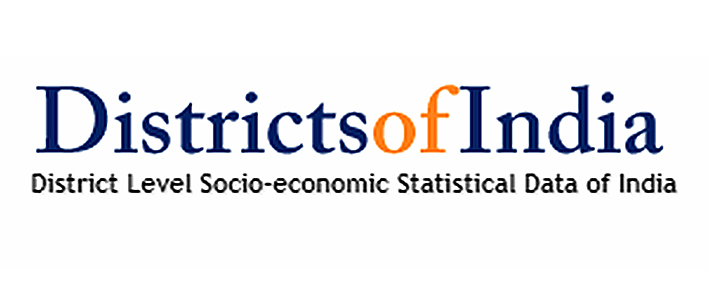
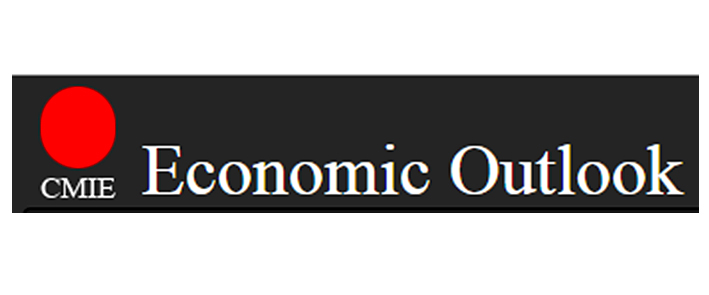
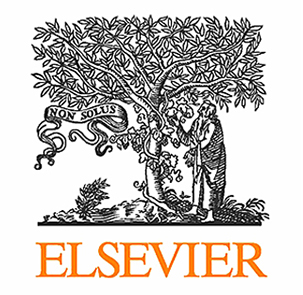
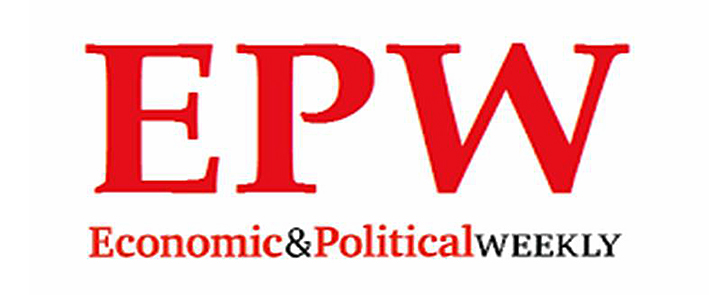
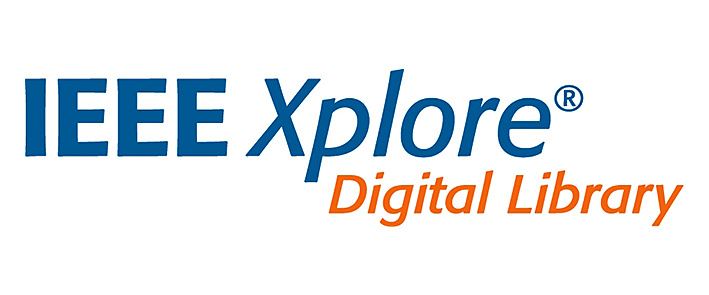
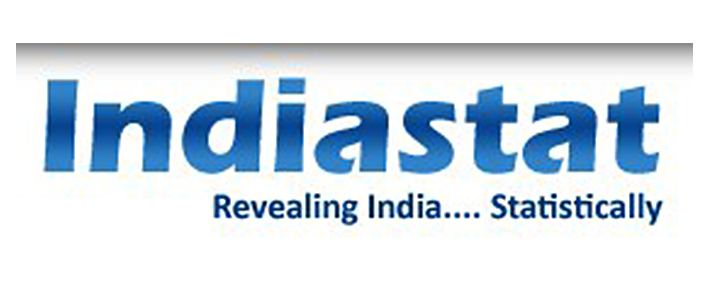
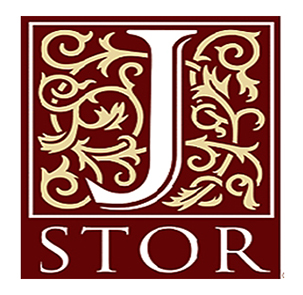
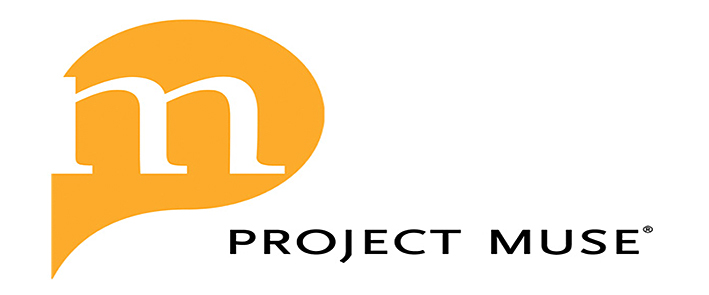
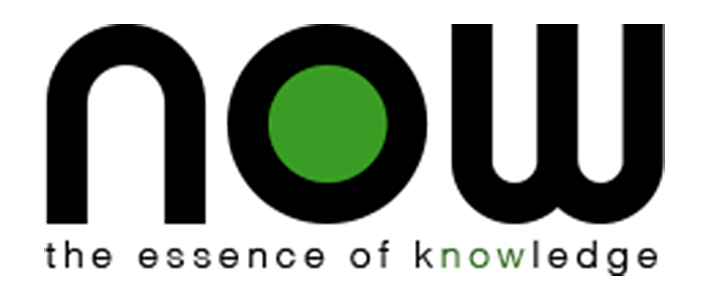
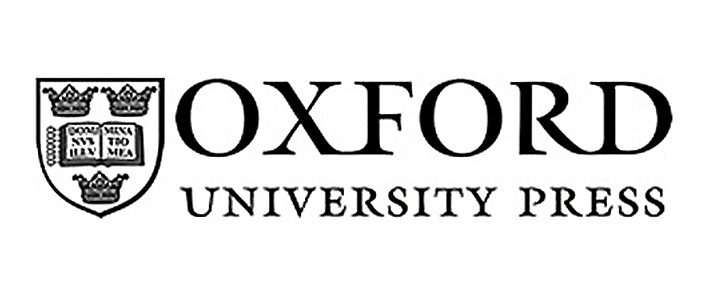
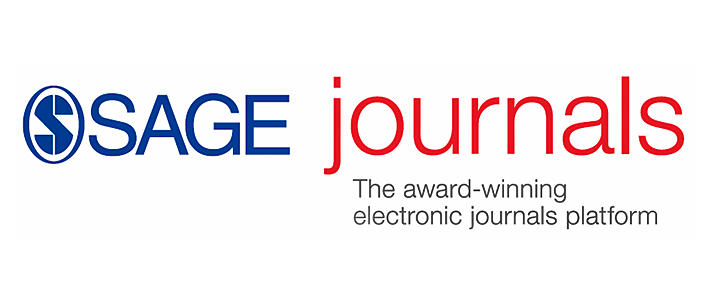
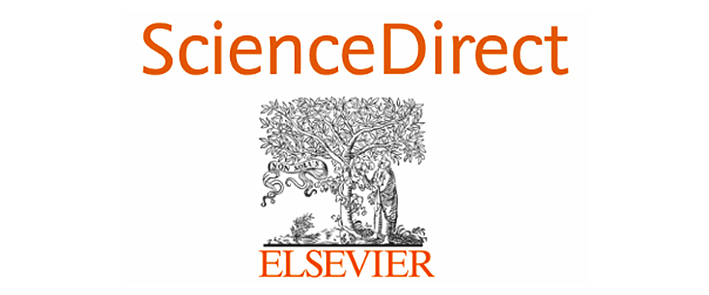
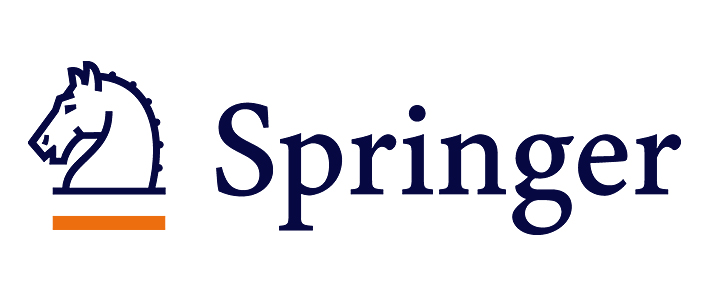
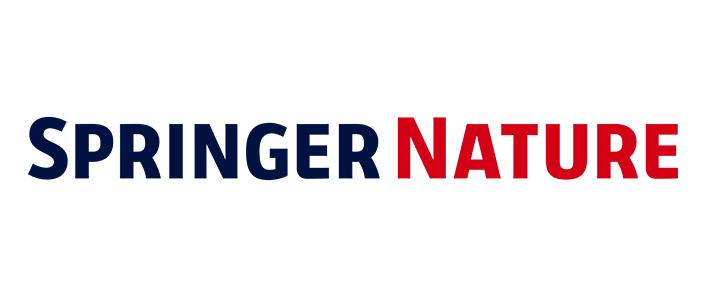
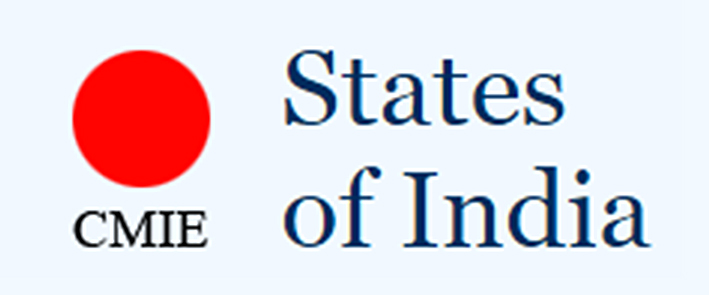
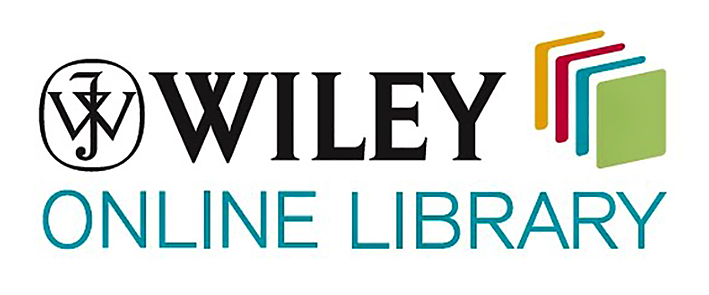
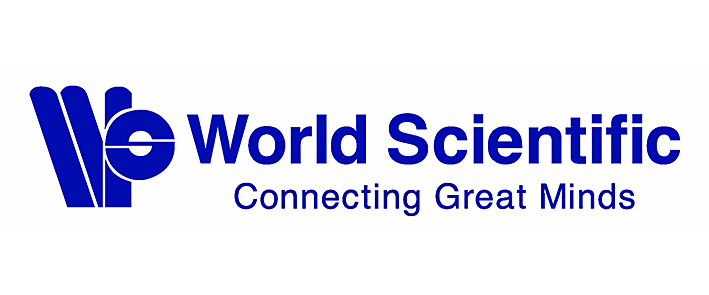
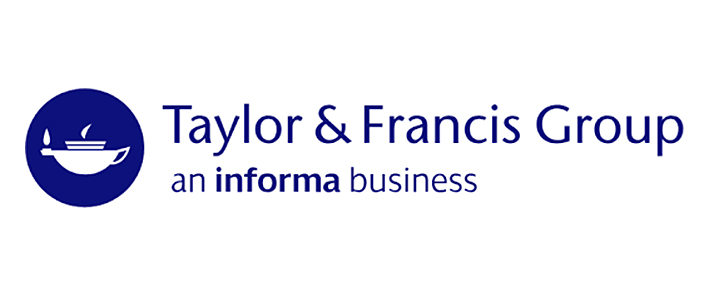
There are no comments for this item.